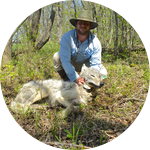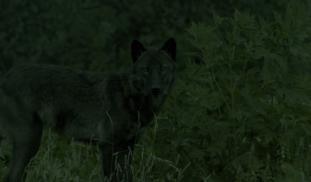Please wait...
About This Project
Beavers can be the primary prey of wolves in boreal ecosystems. However, little research has been done to understand how wolves prey on beavers and the effect of wolf predation on beaver populations. My goal is to examine wolf predation of beavers and gain a greater understanding of this important predator-prey dynamic.
More Lab Notes From This Project

Browse Other Projects on Experiment
Related Projects
Using eDNA to examine protected California species in streams at Hastings Reserve
Hastings Reserve is home to three streams that provide critical habitat for sensitive native species. Through...
City smart: Are cities making birds smarter?
One cannot go to Florida and miss the White Ibises roaming golf, park and private lawns. But how does a...
How do polar bears stay healthy on the world's worst diet?
Polar bears survive almost entirely on seal fat. Yet unlike humans who eat high-fat diets, polar bears never...




